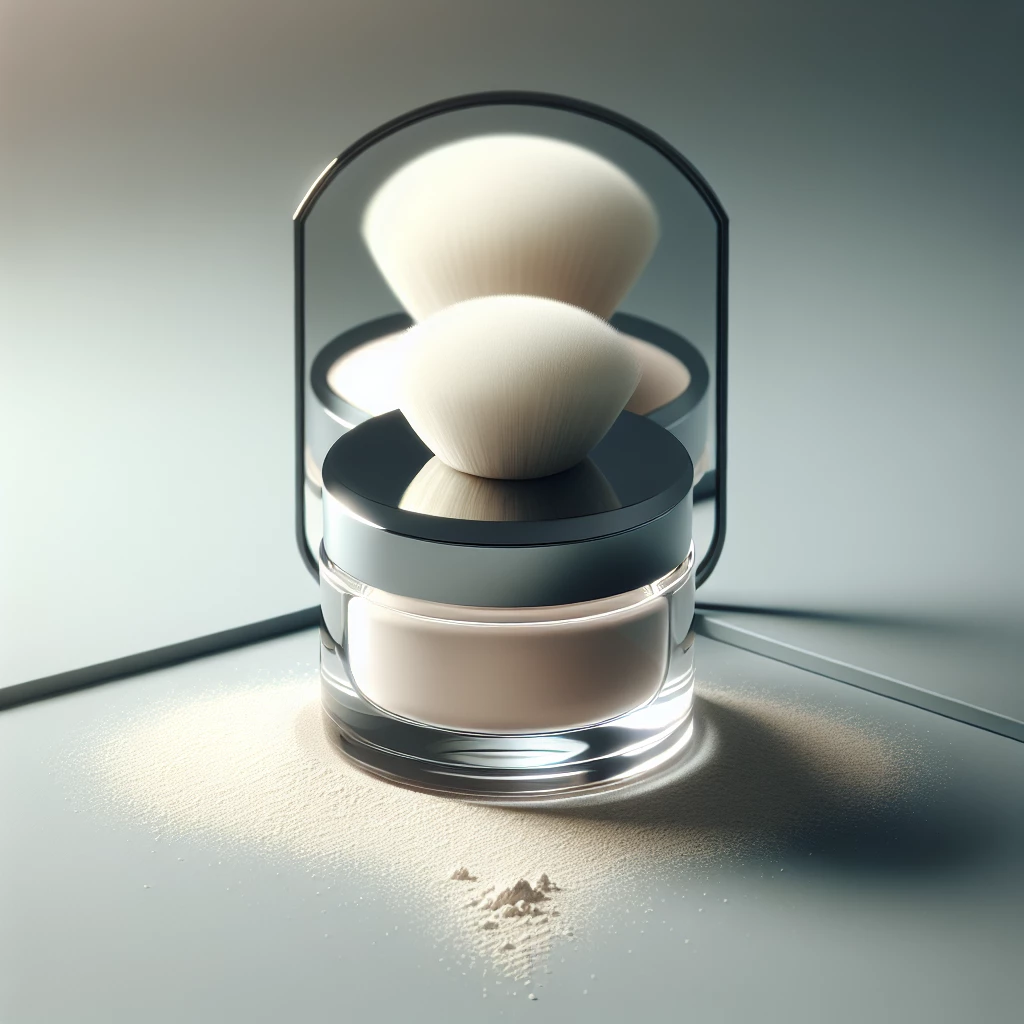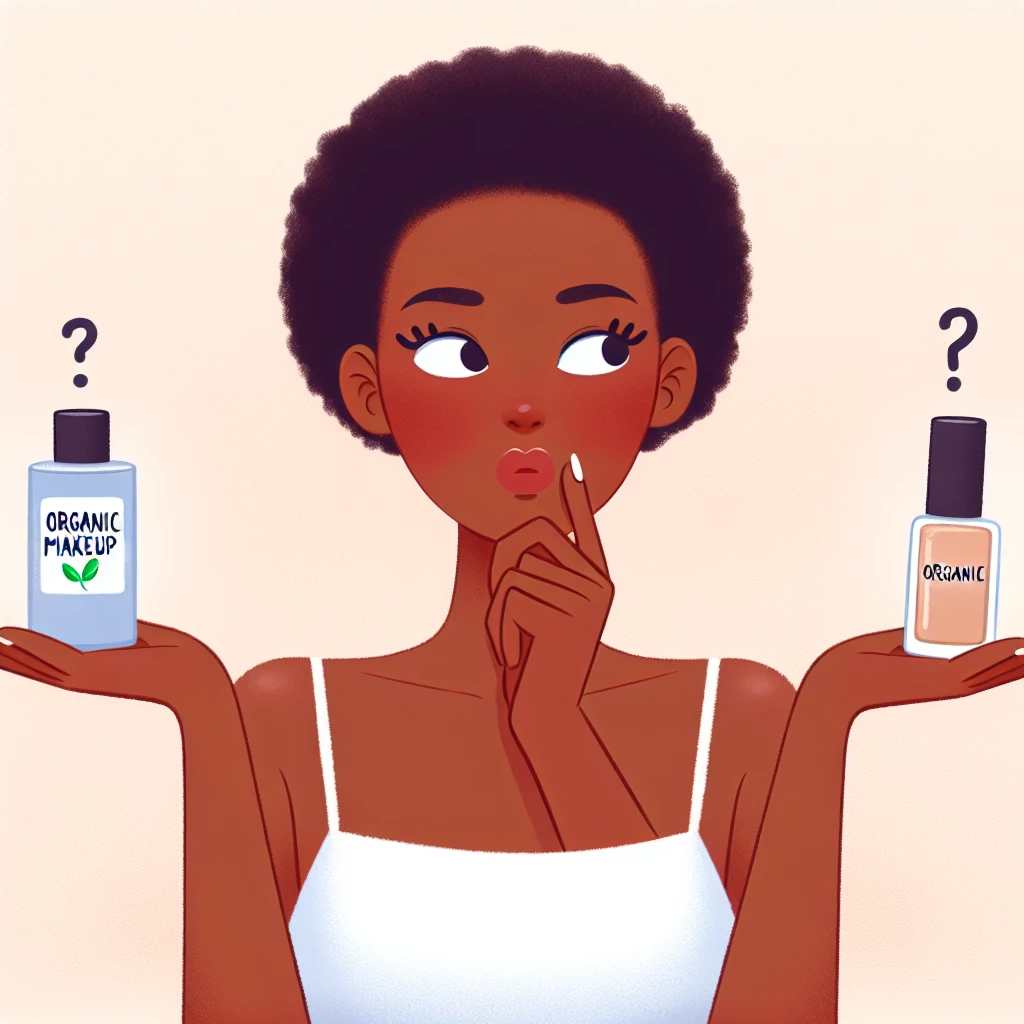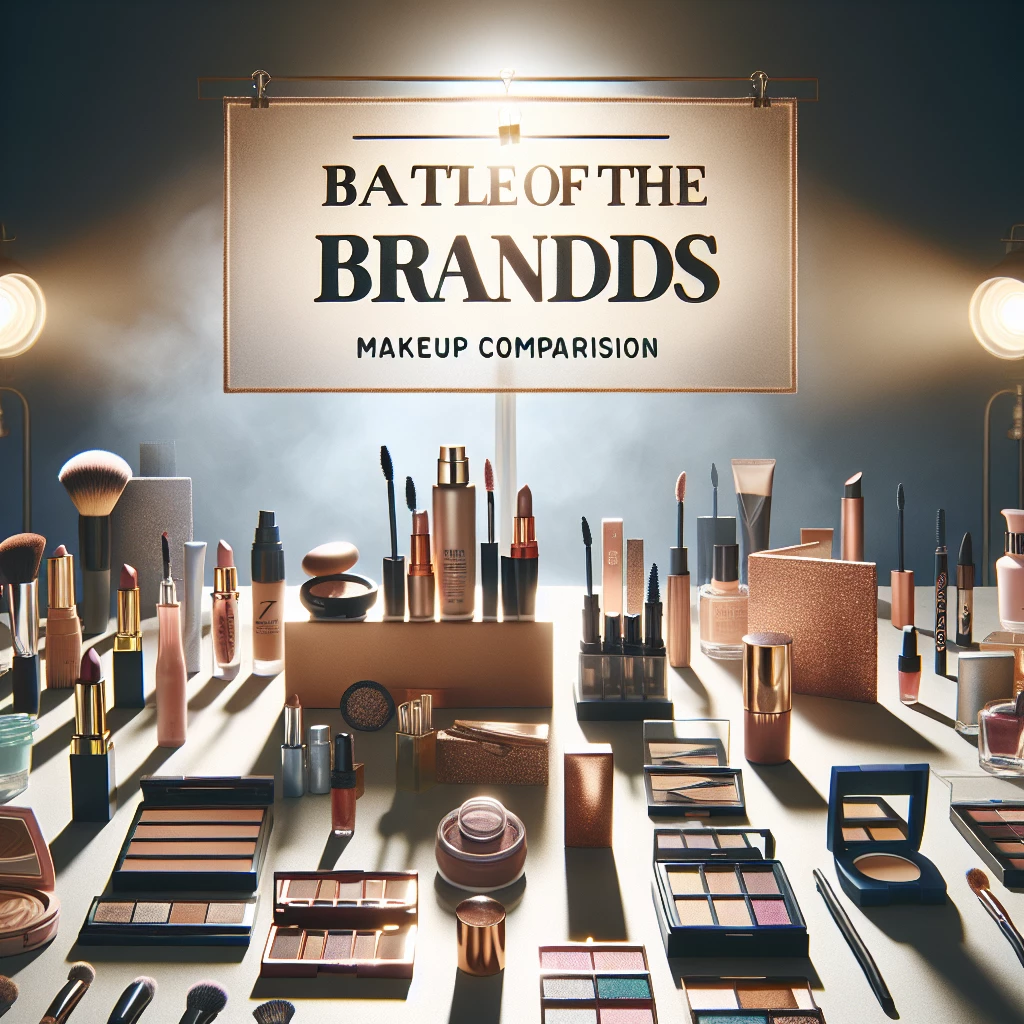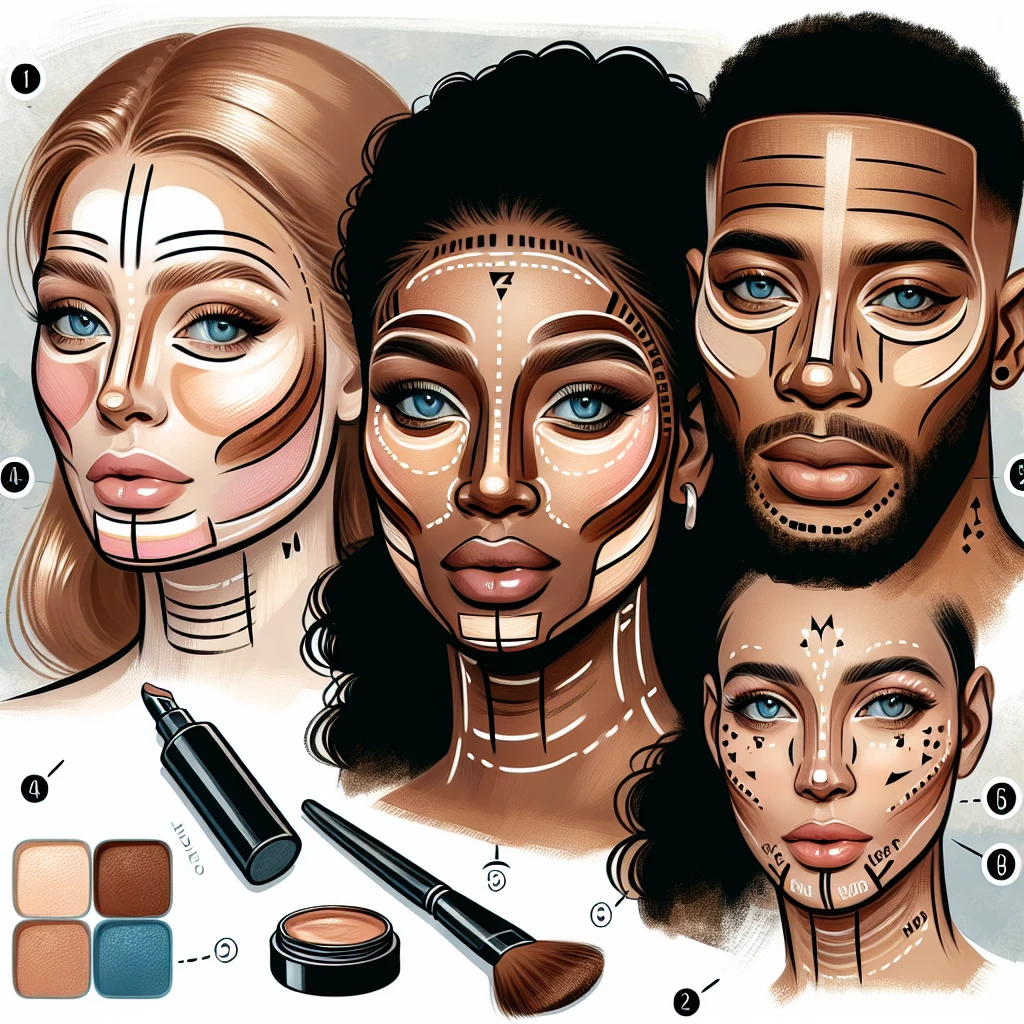Welcome to 'Makeup Queens,' a perfect place for makeup enthusiasts and beginners. In the business of beauty, contouring is a key element that creates the illusion of chiselled cheeks, a sharper jawline, and the perfect nose. However, knowing the correct techniques can make all the difference between a natural finish and a theatrical look. If you're a beginner wondering how to contour the right way, you've come to the right place. In this blog post, we'll give you all the tips and tricks you need to get started with contouring.
Understanding What Contouring Really Is
Contouring is the art of using makeup to define, enhance, and structure the proportions of the face. Typically, darker shades are used to push an area back or recede it, and lighter shades are used to pull an area forward. The process might seem intimidating, but with some practice, it can certainly transform your makeup routine.
To start with, always bear in mind that less is more - especially when it comes to contouring. Overdoing it can lead to a harsh and artificial appearance rather than a subtle definition of your features. It's always easier to add more if needed, so start minimally and gradually build up the intensity.
Also, it's important to remember that everyone's face is different. The contouring techniques that work wonders for one person might not necessarily work for you. Carefully studying your face shape before you start will help you understand where to place the darker and lighter shades.
Choosing the Right Contour Product for Your Skin Type
There are various contouring products available in the market, including creams, powders, and sticks. For beginners, cream-based products are usually recommended as they blend easily and provide a more natural finish. Those with oily skin might find powder contours more suitable because of their matte finish and longevity.
When selecting a contour shade, it should be two shades darker than your foundation. For highlighting, choose a color two shades lighter. A common mistake is choosing a shade that is excessively dark and hard to blend out, resulting in a less natural look.
Remember, the purpose of contouring is to create shadows and depth – to lose weight in the face essentially. Therefore, when picking a contour shade, you should look for a color that has a grey undertone rather than a bronzer.
The Basic Contouring Technique
Contouring is all about creating dimension and bringing balance to your facial features. Highlighting and contouring go hand in hand. The areas you want to redefine or push back are the parts where you'll apply your contour -- typically beneath the cheekbones to create depth, on the forehead to reduce length, down the nose to shape, and beneath the jawline to sharpen.
To begin applying, make the 'fish face' to find the hollows of your cheeks or simply place your fingers on the sides of your forehead down to your cheeks - this will give you a guide for your contour placement. Using your contouring product, draw a line or dot along these areas, then blend it.
After applying the contour, it's crucial to blend it out properly. Use a fluffy brush or a beauty blender and make sure there aren't any harsh lines. Incorrect blending can have the opposite effect, making your face seem more bloated.
Mistakes to Avoid for Beginners
While contouring can be a game-changer, certain common mistakes can throw off your entire makeup look. One of them is using a contour shade that's too orange or too dark. Make sure to go for shades that mimic natural shadows.
Another common blunder is not blending the product enough. Harsh lines can make the contour look artificial, so take the time to blend and create a natural transition between the contour and the foundation.
Lastly, avoid contouring unnecessary areas. Identify the parts of your face you would like to sculpt or define and stick with them. Applying contour all over the face can result in a messy look.
Contouring is an essential skill in the makeup world that can effortlessly amplify your look. However, like all good things, it requires practice and patience. Keep in mind the pointers mentioned in this post as you master the technique. Remember, the ultimate goal of makeup and contouring lies in enhancing your beautiful features and bringing out the best version of yourself!

Transform with Translucent Powder
Learn how to use translucent powder to set your makeup and control oil for that flawless finish.

Organic Makeup: Is It Worth It?
Discover the pros and cons of organic makeup, and decide if it’s the right choice for you.

Battle of the Brands: Makeup Comparison
In-depth comparison of popular makeup brands to help you make the best choice for your skin.

Creating a Classic Winged Eyeliner
Master the classic winged eyeliner look with our step-by-step guide.
